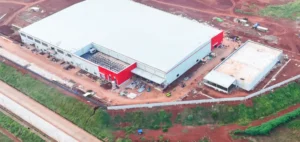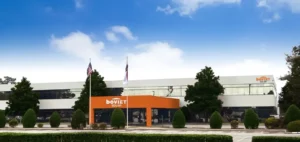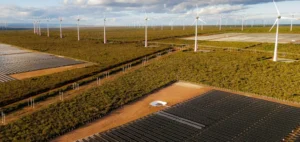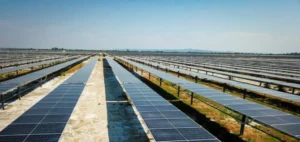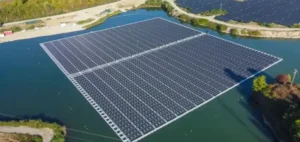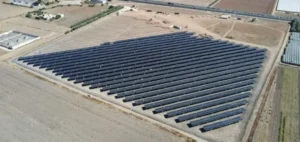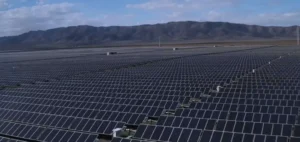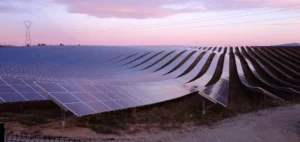An agrivoltaic project combining solar power generation and organic cattle farming will be deployed over 31.5 hectares in La Ferté Saint-Aubin, in the Loiret region. Initiated by the public-private company Loiret Energie and Terres d’Energie Développement, the project represents an investment of €15mn ($16.32mn) on publicly owned departmental land. Commissioning is expected by mid-2029, with an estimated annual output of 23 GWh.
An agro-energy extension of an existing dairy farm
The agricultural component will be led by Anne-Aël Leroy, who has been operating at the Domaine du Ciran in Ménestreau-en-Villette since 2023. Her farm produces cheese and fresh dairy products from a herd of around 20 organic dairy cows. The operation also plans to raise 20 calves annually, 14 of which will be matured for beef production.
The young cattle will be raised after weaning on the agrivoltaic site, which will serve as a direct extension of the dairy farm. This approach aims to strengthen the farm’s autonomy by completing the entire livestock cycle on-site without intermediaries.
A structured timeline through to 2029
Current efforts focus on technical studies to determine the layout of photovoltaic modules, limited to 40% of the total land area. The construction permit is scheduled for submission in June 2026. If approved, construction is expected to begin in early 2028 and be completed by mid-2029.
The facility is expected to generate enough electricity to cover the annual consumption of 10,600 people, representing 1.5 times the consumption of La Ferté Saint-Aubin. Project developers estimate a carbon offset of 5,600 tonnes of CO2 annually.
A contractual framework between public and technical operators
A partnership agreement defines the roles of Loiret Energie, overseeing the overall coordination, and Terres d’Energie Développement, responsible for the site’s technical development. Details regarding the sale of the generated electricity have not yet been disclosed.
The project aims to utilise public land through a dual agricultural and energy model. Depending on its long-term technical and economic results, similar initiatives could be deployed across other departmental territories.










